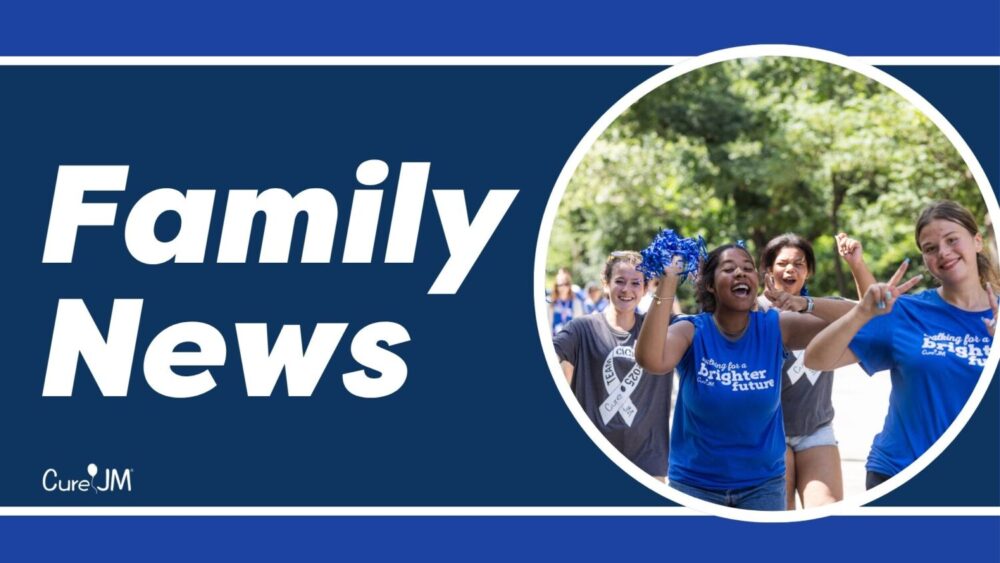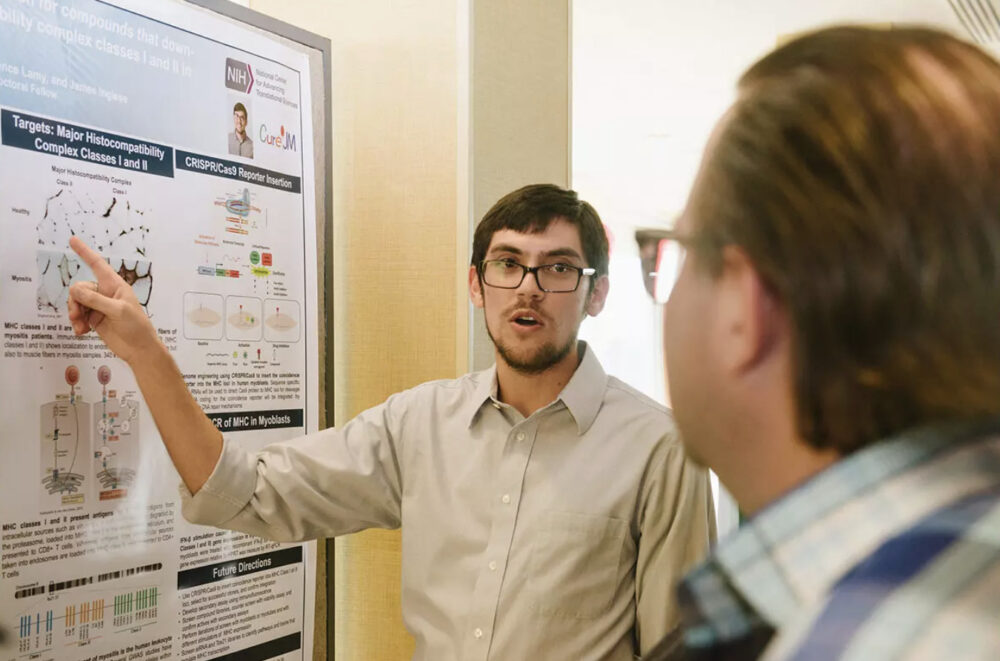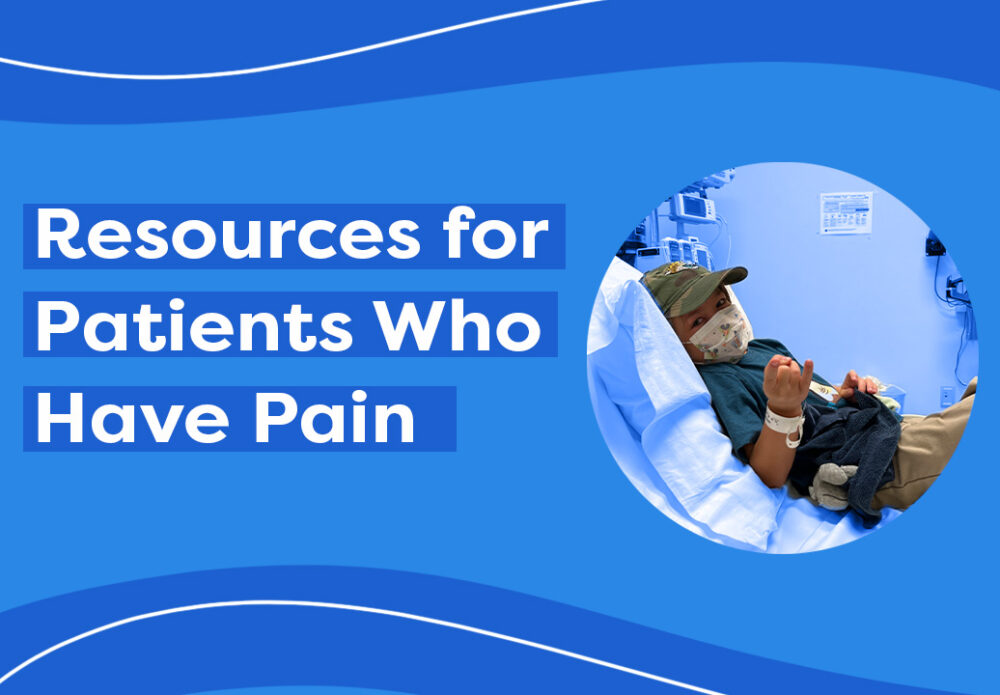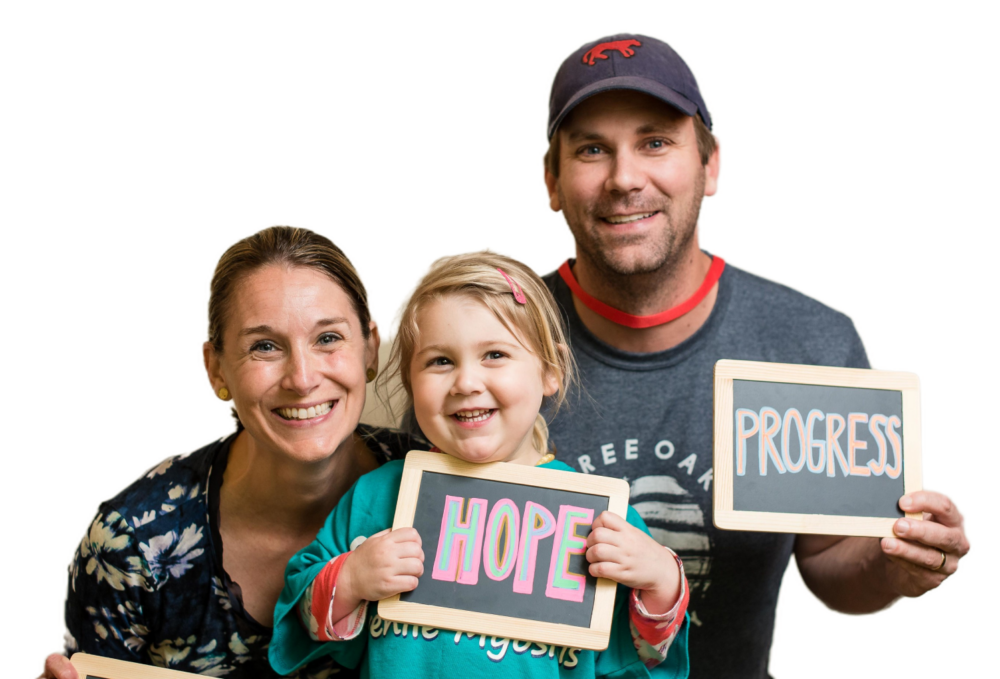The Cure JM Foundation produces a monthly newsletter with the latest news and updates about juvenile myositis. Please click below to read past issues of the Family News.
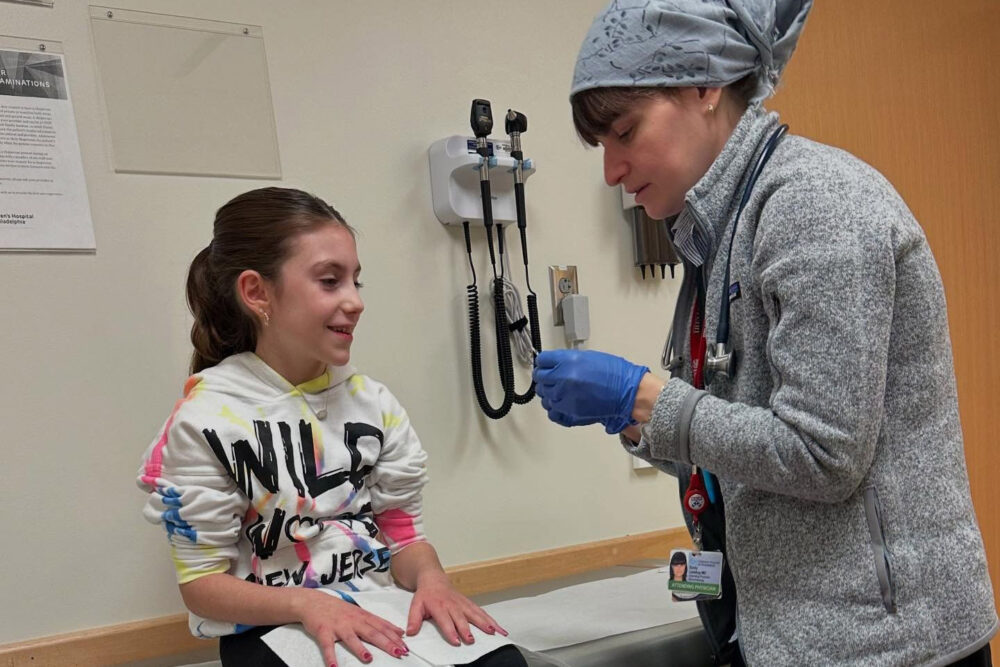
Research Volunteers and Assistance Needed
Help researchers find the cause and a cure for juvenile myositis by volunteering for these important studies.
